Blog
Give this a try for your neck and shoulders.


During this month's newsletters, we have discussed the connections of our head, neck, shoulders, and rib cage, as well as the role of that one thing we do all day long that can contribute to our neck and shoulder discomfort, breathing.
In today's installment, we will discuss some 'easy' things you can do to help calm that nagging discomfort. Easy is in quotes because you can easily overdo the suggestions we will make here.
Let's talk posture first. From a young age, you may have heard, 'stand up straight, pull your shoulder back, etc.'
This was well-meaning advice. However, it likely was not great for your neck and shoulders over time. Our spines are not straight, at least not from top to bottom. They have gentle curves to help lessen the pressure when we load them. Our shoulders are not meant to be back behind the rest of our bodies. If our shoulders are back, doing work in front of our bodies is challenging.
Let's add just a little more...
Free up your shoulders and neck

Do you ever find yourself wanting to stretch your neck or shoulders, and you find that it gives you just momentary relief? Have you ever gotten a massage that felt so great while you were receiving it, and then a day or even an hour later, the tightness returned, and sometimes it felt even worse? It was not the therapist’s fault or yours.
There is an intimate relationship between your head, neck, shoulders, and rib cage.
- Eight muscles connect your head to your neck
- Six muscles connect your shoulders to your neck
- Two muscles connect your head to your rib cage
- Ten muscles connect your rib cage to your neck.
What this should tell us is that we likely can’t just fix one thing, and all our troubles will go away if it were only that easy.
All is not lost, though.
There are many reasons why your neck, shoulders and we will include upper back may feel chronically tight. Here are a few we see regularly:
- History of surgery (it does not have to be in the...
Alignment & Balance Training
Learn more about alignment and balance training with Jenice Mattek from Chicago Integrative Movement Specialists.
Top 3 Lower Body Exercises

In this fourth and final installment about improving flexibility in your hips we are going to show the optimal way to perform some common exercises to get the most benefit for the health of your muscles and joints.
8 Key reminders:
- Always aim to maintain alignment of your rib cage over your hips
- Maintain your foot tripod
- Avoid cues like, pull your abs in or squeeze your glutes
- Pain is NOT ok
- Your flexibility should improve when you execute the exercises correctly
- To maintain the above you may find you do not move as deep or as far into and exercise or lift as much weight
- Be ok with less is more sometimes in the case of reps/sets and weight for the health of your joints and muscles. You can build back up, now with optimal form
- How you exercise, repetition after repetition will translate into your posture and how you move.
Last issue we shared the importance of being able to hinge at the hip joint. Note in the model below how no matter the exercise the motion happens at...
Free Your Hips

In our last blog post, we shared how and why your hips may be tight or feel uncomfortable. We also covered some habits you can work on throughout your day that may be contributing to your hip discomfort.
Today we will cover a way to self-assess how your hips are feeling and a self-release technique you can use to help free up your hips.
First, let’s have you check a couple of things.
Start by standing.
Place your hands on your hips with your fingers facing down towards the floor.
Run your hands down the sides of your hips.
Move them back slightly and repeat running your hands down the sides.
Do you notice a divot or even a slight indentation under your hands?
See the picture below.
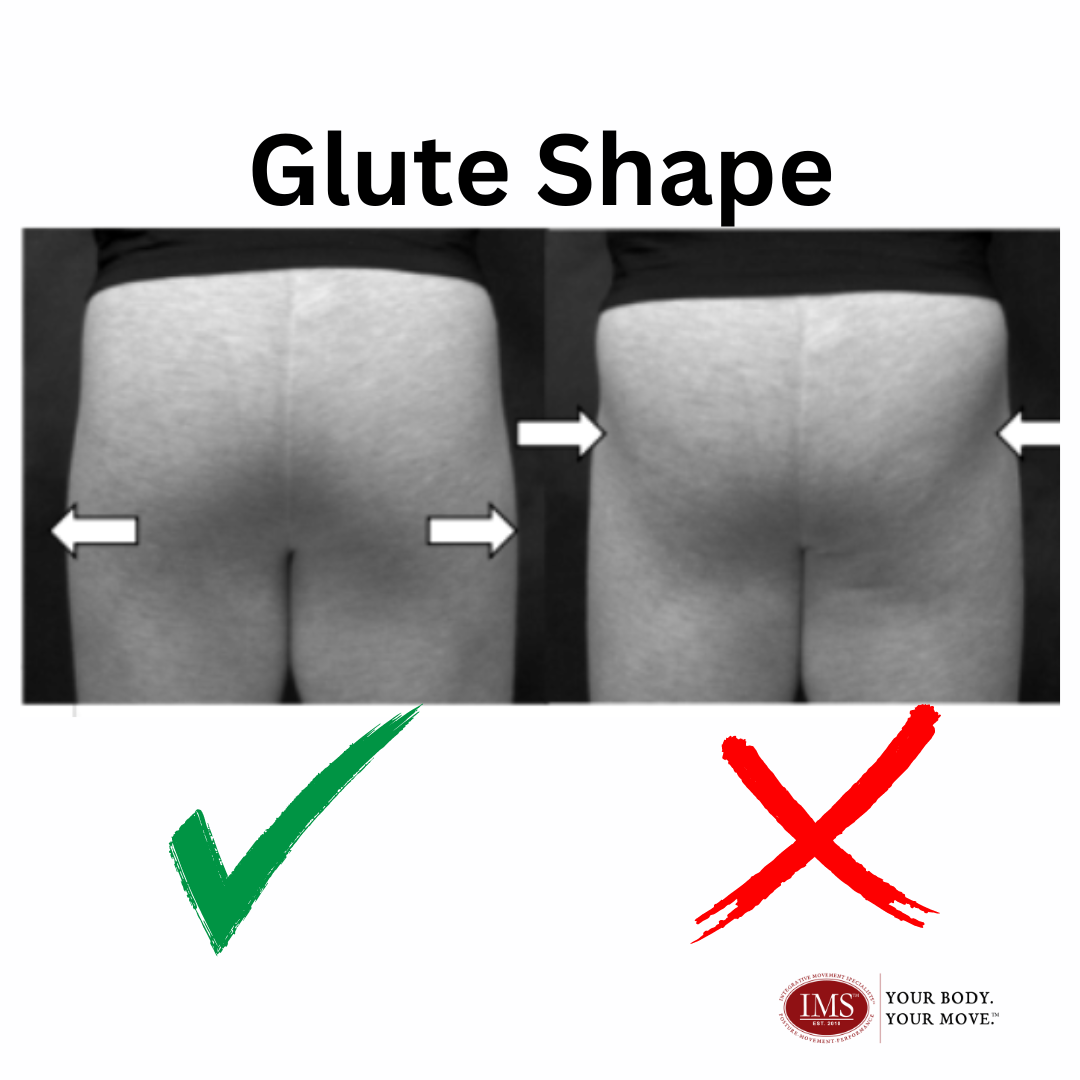
If you note an indentation, you are likely gripping or squeezing your glutes on the side(s).
Second assessment.
Stand with your feet comfortably together.
Rest your hands on your hips (pictured below)
Turn your whole body to your right as far as you can comfortably go.
Return to the...
Keep Your Hips Moving

Do you feel like you lack good motion in your hips? Struggle with hip discomfort when you do some or most activities?
Let’s talk about how to get your hips moving, and feeling better and stronger.
First, let’s look at the hip joint.
The hip joint is a ball and socket joint. Unlike our knee joint, it means it should be able to move in several directions.
The healthy hip joint allows you to move the thigh bone forward, backward, side-to-side, turn it in and turn it out. It is also a joint that allows you to bend forward like a hip hinge or a waiter’s bow motion.
There are several reasons we may lose motion in our joints.
- Injury
- Surgery
- What we have learned
- What we do
All of these can create habits that can lead to further breakdown of the hip joints.
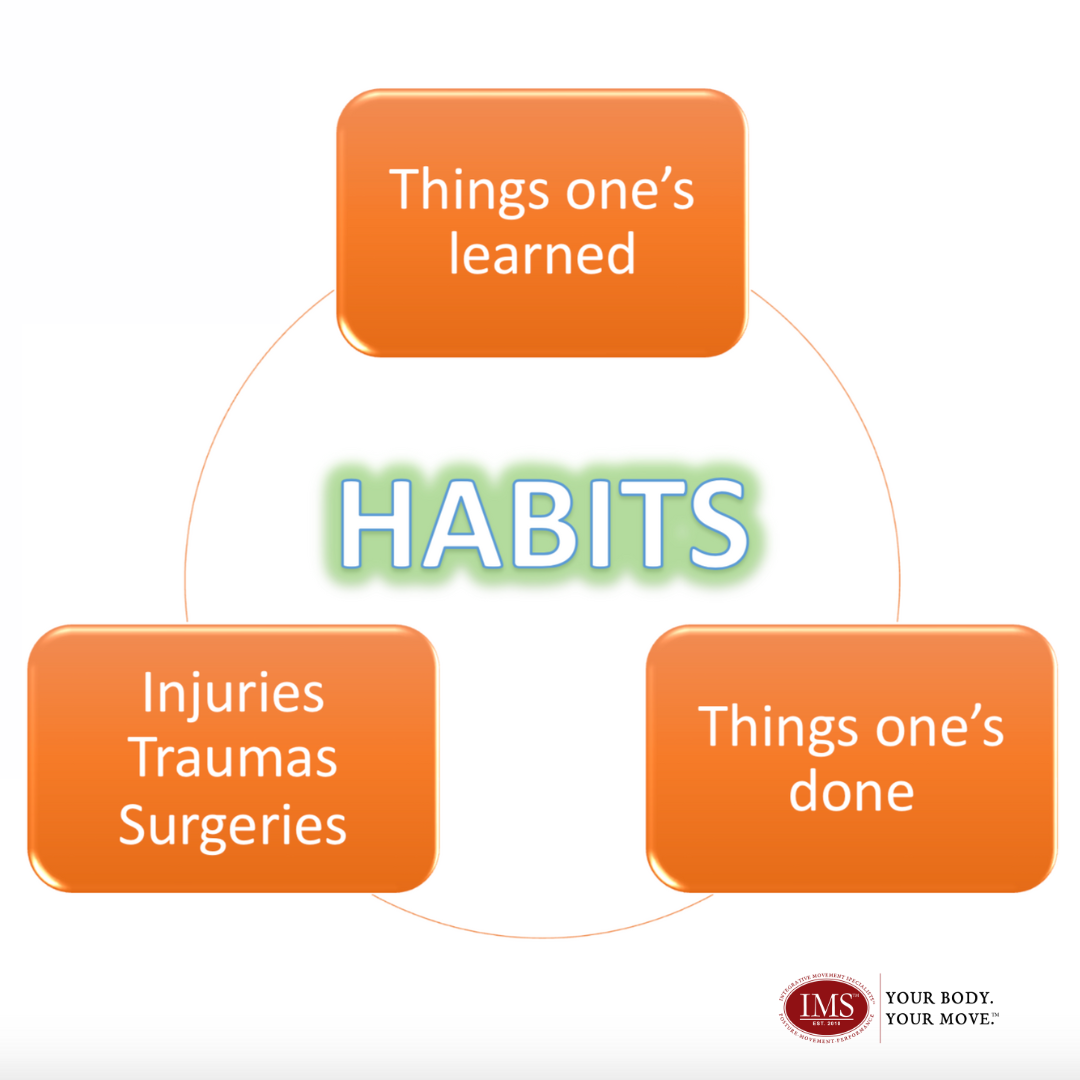
A common type of hip discomfort is in the front of the hip. It can start with feelings of tightness like if you could just stretch the front of the hip, then pinching with certain...
What is Good Posture?

It should be easy, yet we have made it too complicated, so now, easy seems challenging.
Confused?
Many clients are when they ask, 'what is good posture?'
This question usually follows a session when we have been working on body position during exercise, and the cues we have been using seem to feel good in their body and are counterintuitive to what they have been told their whole lives.
Do you remember being told to stand up straight, pull your shoulders back, lift your chest, pull your abs in, squeeze your glutes, or something similar?
Many of us have become very good at any or all of the above. So good that we use these same cues when exercising, standing, sitting, driving, etc.
So what is the problem with this type of posture?
There are a few things, and some of them are pretty big!
- These postures make it hard to breathe. Don't believe us?
Give it a try. Lift your chest, pull your shoulder back, squeeze your glutes and try to take a breath. Now let that...
Avoid this posture for the health of your hips and back

Once we tell you this, you may find you use this posture often, and if you struggle with low back discomfort or tight hips (especially in the front of the hips) or tight IT bands, you will want to stop this posture.
What posture is it?
It is the posture of tucking your glutes or pelvis.
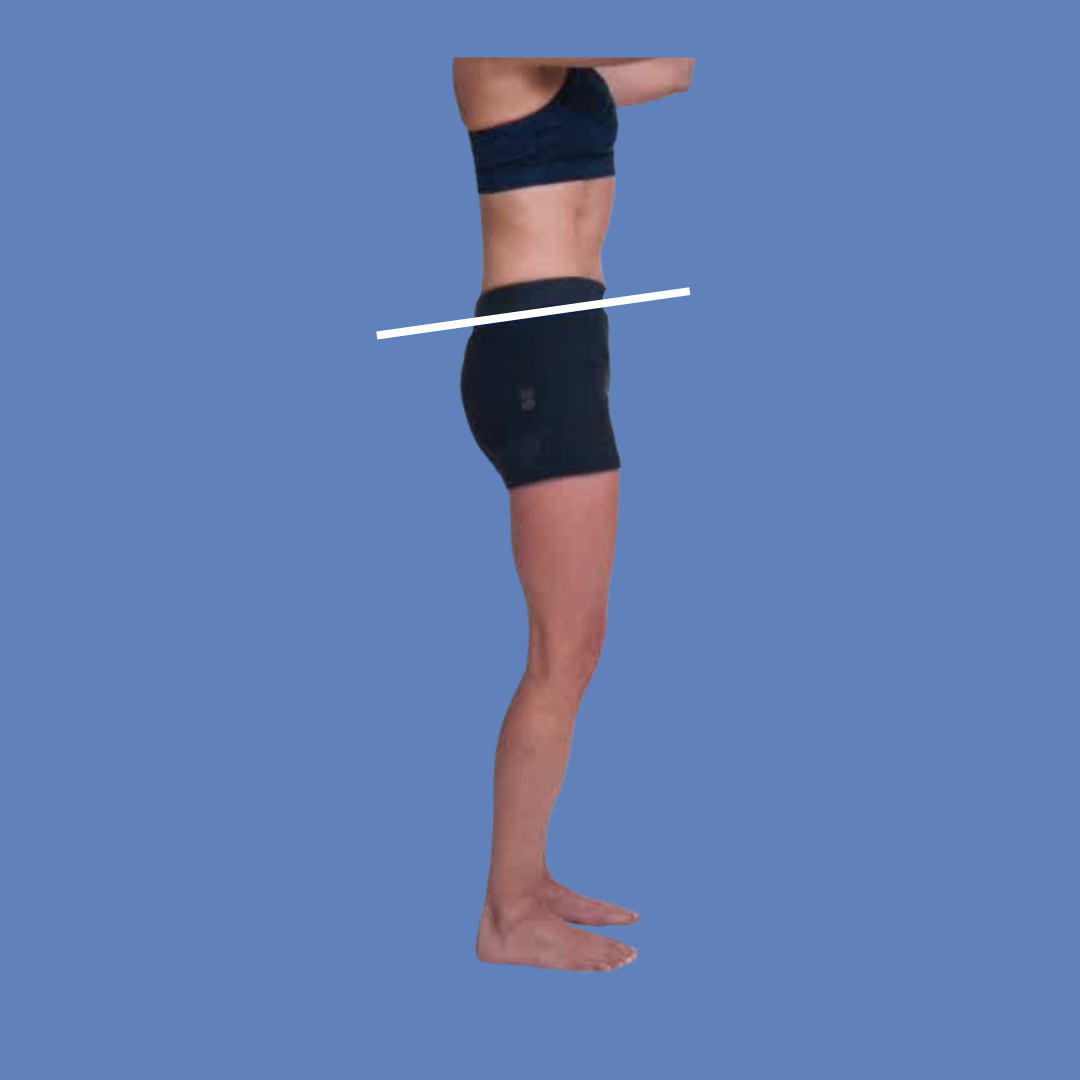
If you are currently working with us, you have likely heard us say this already and may still find you need help with this posture if you do not actively check-in with yourself.
How does tucking your glutes create problems in your low back or hips?
Try this:
- Stand up.
- Place one hand on your spine in your low back, just above your pelvis.
- March in place one time to shake out your current posture.
- Keeping your hand on your spine, squeeze your glutes.
- You likely feel the pressure in your hand from your spine flexing back into your hand.
- If not, lower your hand on your spine and try again.
Next, place your thumbs in the crease of your leg where your thigh bone meets your hip.
- March in...
The Importance of a Principle Based System When Exercising
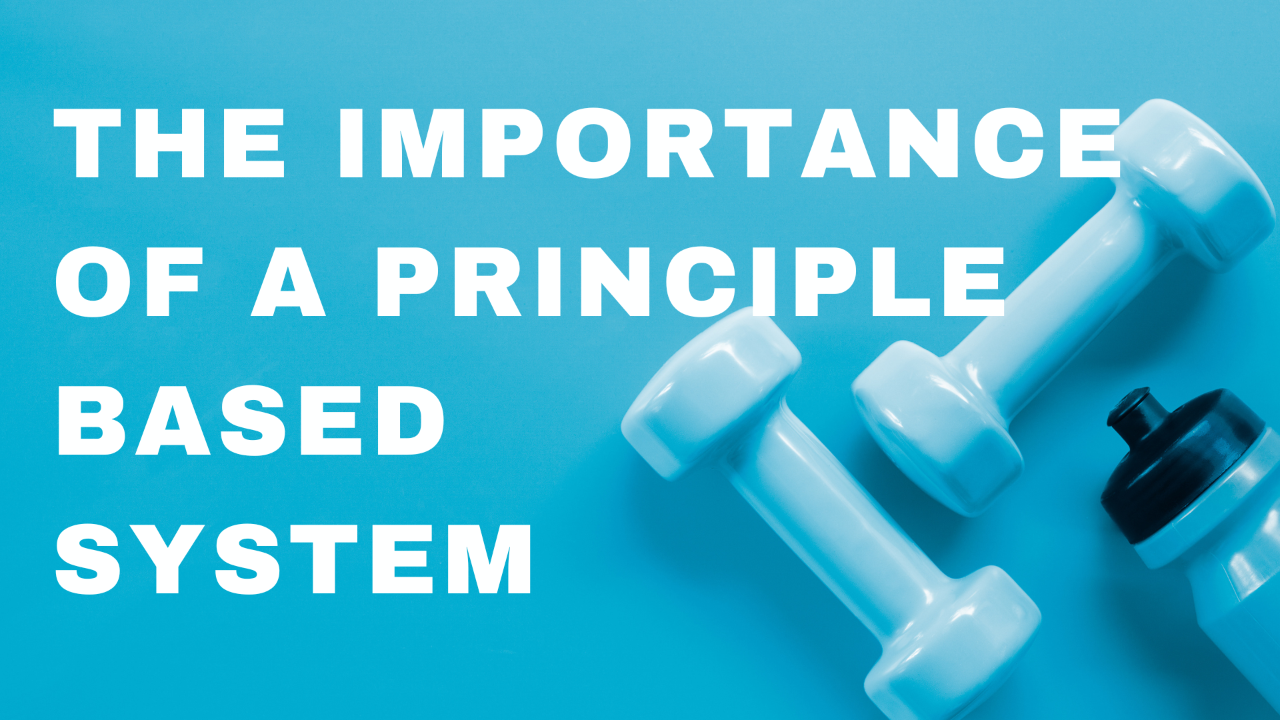
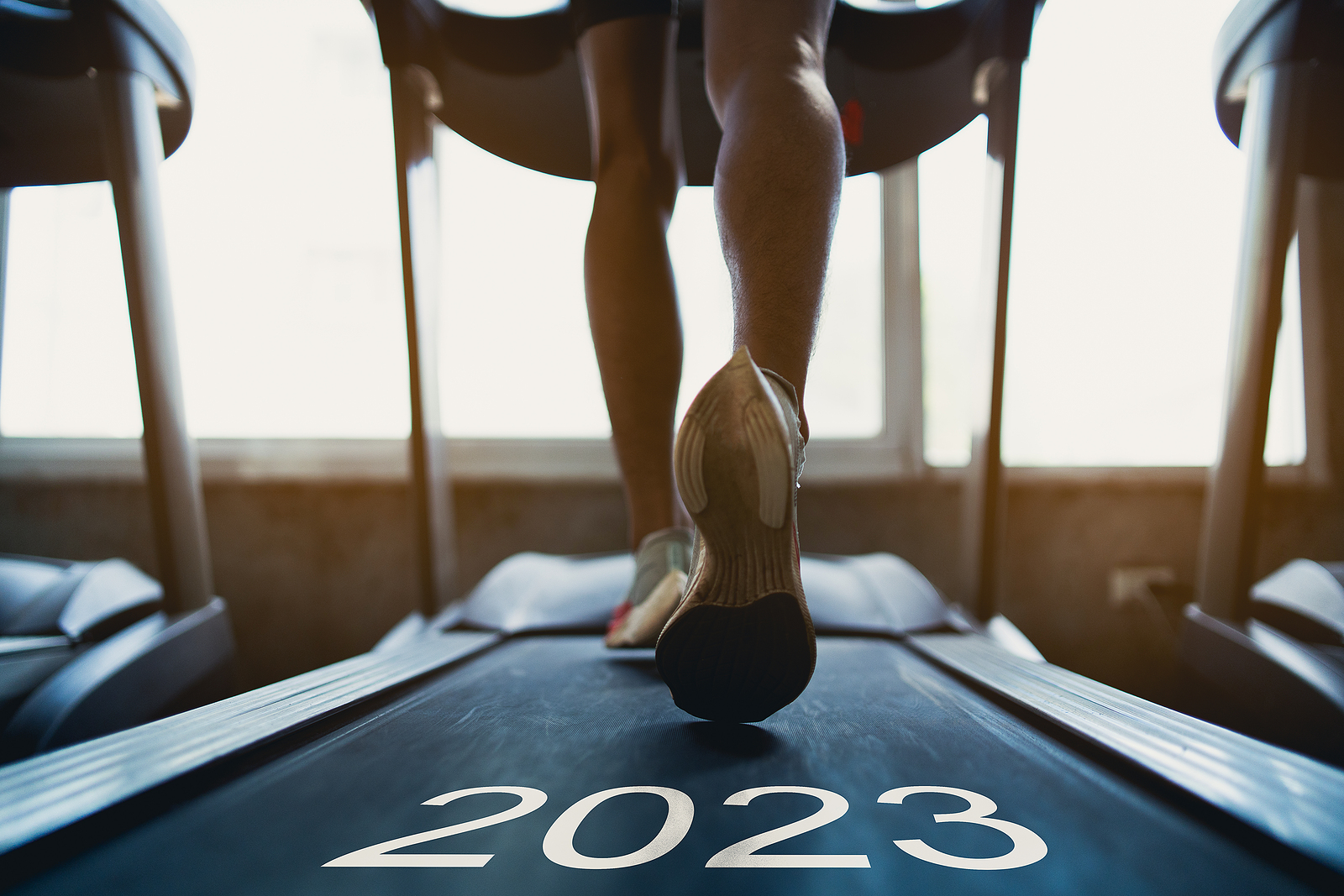
There is a great quote by Ralph Waldo Emerson, “As to methods: there may be a million and then some, but principles are few. The man who grasps principles can successfully select his own methods. The man who tries methods, ignoring principles, is sure to have trouble.”
Often the new year brings the need to evaluate, make changes, etc. Health and fitness are significant areas where people consider and want to make a change this time of year.
If you are finding that you are in that place this time of year and are looking to start a fitness program, be sure the program or the professional you are working with works in a principle-based system.
You can use many different methods when you exercise with a set of principles.
The Integrative Movement System which we use in our studio is based on three simple principles to ensure your body moves with its greatest efficiency:
- Alignment
- Breathe
- Control
When you move and exercise, utilizing optimal joint...
Great exercise for balance, walking, and running.

Over the last two newsletters, we have looked at plank and squat progressions and challenged you to do them optimally and earn the right to move on to the next level of progressions. This time we will look at the split squat which progresses to step-ups.
The split squat progression is a great way to train, the legs, glutes, as well as, balance, walking, running, and more when performed optimally.
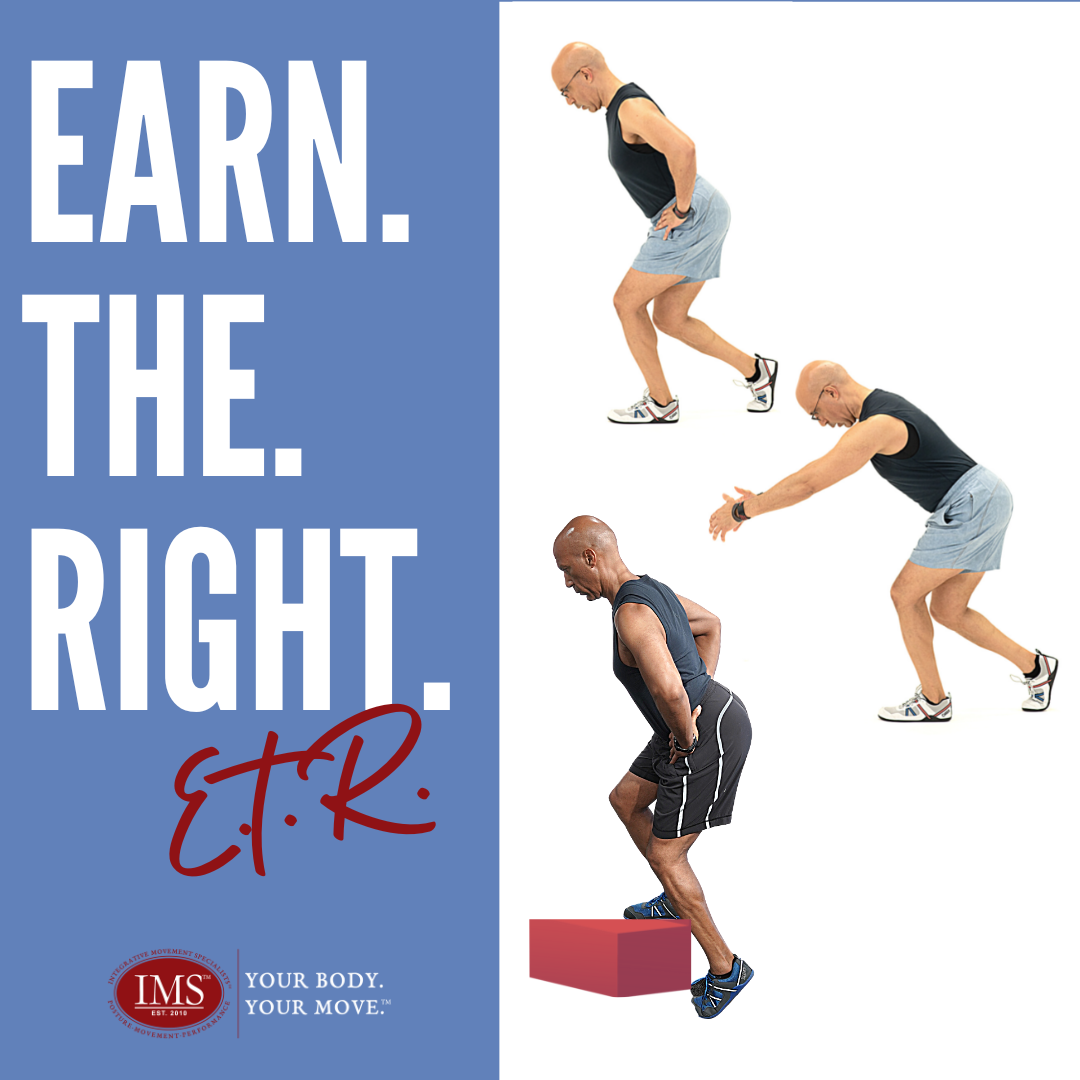
Be sure to set up and check your setup before each set:
- Think length through the back of your head, and set your foot tripod with your weight balanced between the base of your big toe, the base of the small toe, and the heel.
- Go into a small squat and slide one foot back slightly with the back heel off the ground.
- Most of your weight should be on the front foot in the tripod.
- Inhale to come up - maintaining the weight on the forward foot.
- Exhale to go down - maintaining the weight on the forward foot.
- Stay on the same leg for 8 repetitions.
- Switch to the other leg repeating...

